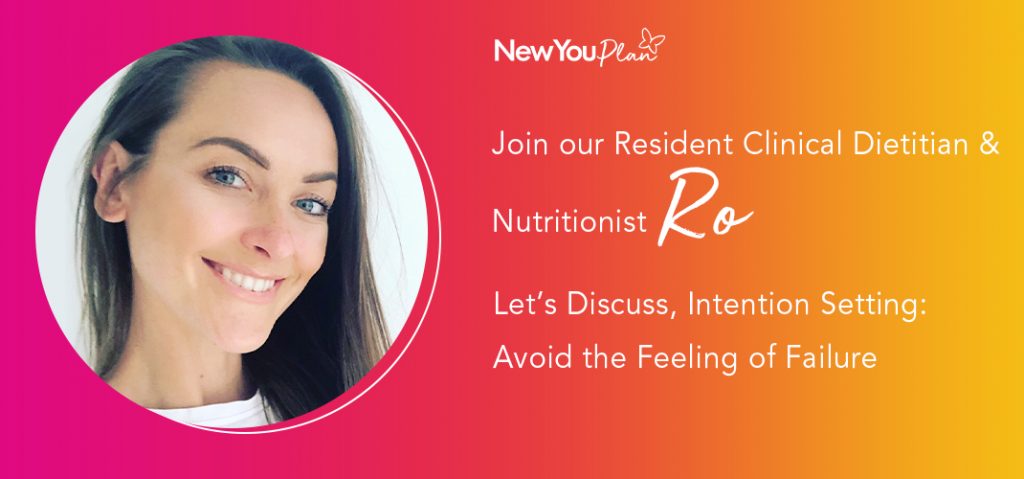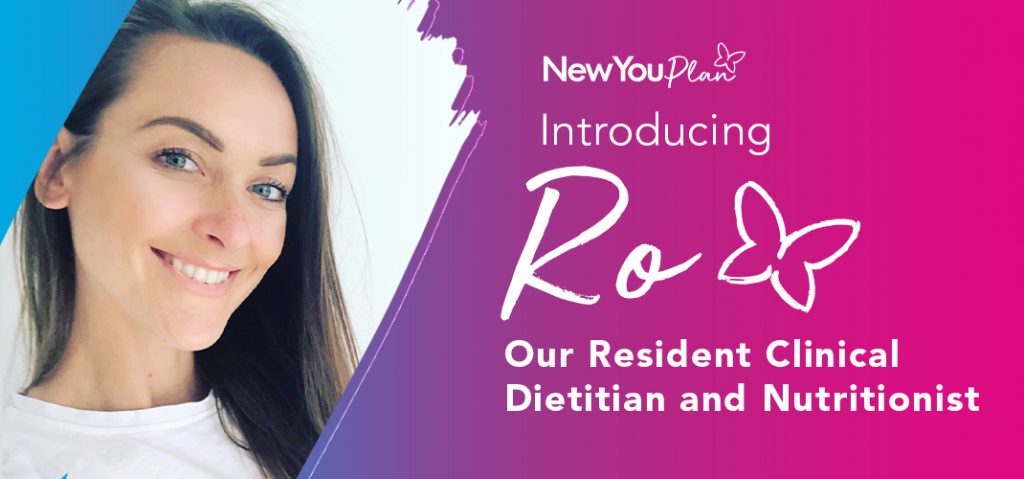
Intention Setting: Avoid the Feeling of Failure
What is an INTENTION?
Resolutions are often set in the hope that lasting positive life changes are created. Unfortunately in reality, research suggests that by the third Sunday in January most people have given up. Why is this? Surely if we set resolutions they are something we want to do? This is where intention setting can help to avoid the feeling of failure.
What is intention setting?
Compared with a resolution, setting an intention is not an all or nothing approach. Resolutions are often large overarching goals that, without a plan for how they will be achieved can easily be forgotten about or deemed too difficult. Intentions can be used to break down your goal into smaller, manageable parts taking the pressure off a set goal. Intentions have a wider focus and importantly are flexible, helping you to avoid the feeling of failure.
Intentions can be used to create new habits. It takes an average of 66 days for a new behaviour to become automatic. It is the small changes that we make over time that will lead to a significant change in lifestyle that we are aiming for. It is not always easy but patience and persistence are key.
When breaking your goals down into intentions, reflect on why you are doing this. Two of the biggest barriers to change are, not being ready for the change or doing something that doesn’t practically fit with our lifestyle. If this is the case, take time to work out these issues, if you jump in too soon you could feel like you failed when actually you just weren’t ready.

Let’s consider some examples:
Your goal is to lose 5kg, this can be broken down into intentions that support you on this journey. You could identify food items that are currently hindering your progress and your intention is to swap these for healthier options e.g., swap sugary cereal for a low sugar, low fat option, once this is embedded into your way of life, pick another food. Make one positive change at a time until your diet is healthier and you have lost weight.
Using positive rather than negative language can be powerful,‘cut out all junk food’ could become ‘eat fruit and vegetables with every meal’. This positive change modifies an existing habit making it much easier to achieve.
Avoid an all or nothing approach, instead of ‘go vegan for a month’, intend to ‘incorporate more plant based protein in your diet’. You may become vegan one day or have certain days of the week where you choose a vegan diet but it is not all or nothing and avoids failure while still making a positive change.

Create a positive mindset to keep you motivated
A great tool for positivity is to write down one thing that you are grateful for every day, however small, or journaling about a positive experience you have had during your week.
Turn a “failure” into a lesson. You had a “blow out” on Friday evening, eating treats in abundance. Try to understand the situation. What was the trigger to the situation? What were your emotions before, during and after. What lessons can you take from the situation and what can you do to better manage that situation if it were to arise again?
Document all of the positive things you have done towards your intentions each week, however small it might be, you will be surprised with what you will have done.This can motivate you to continue and to highlight areas where you could be doing more.
Surround yourself with a positive and supportive network of people and do what you can to improve the positivity of others around you too, share your journeys.
Making positive changes to your lifestyle doesn’t have to mean an overhaul of everything with a rigid set goal at the end. When setting your goals or intentions make sure that what you are doing is important to you, make them manageable and accept that no one is perfect. There will be times when you don’t stick to your intentions, that is ok, it is what you do 80% of the time, over a long period of time that matters.
How to turn into a social media post
- Two columns to compare resolutions and intentions.
Resolutions: Usually for a defined time period,not long-lasting, rigid, feeling of failure or guilt if not achieved
Intentions: can be lifelong, flexible, reflection if direction needs changing, allows for forgiveness and learning, creating positive habits and avoid the feeling of failure.






